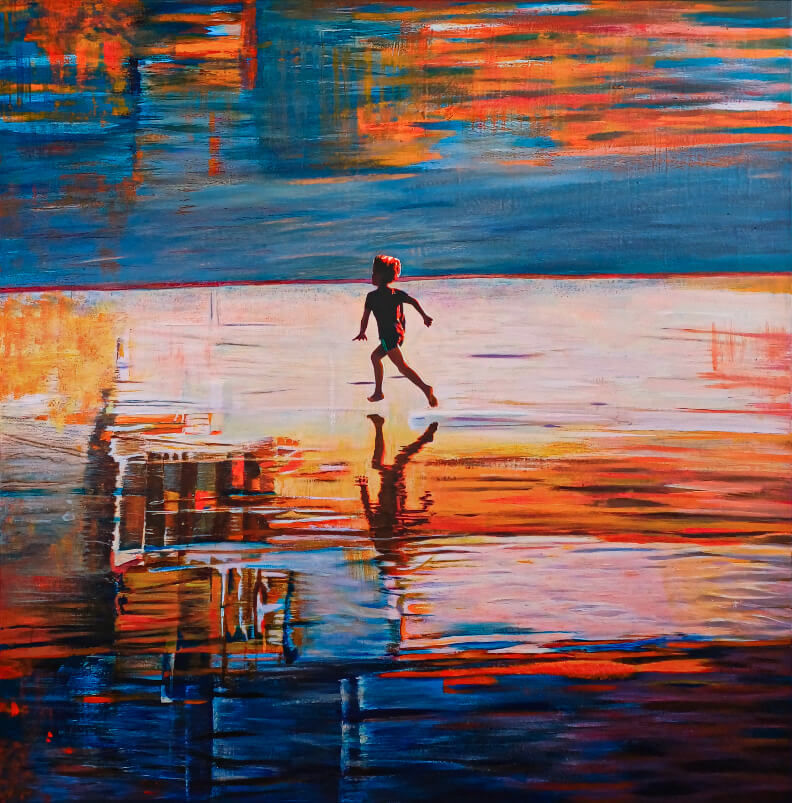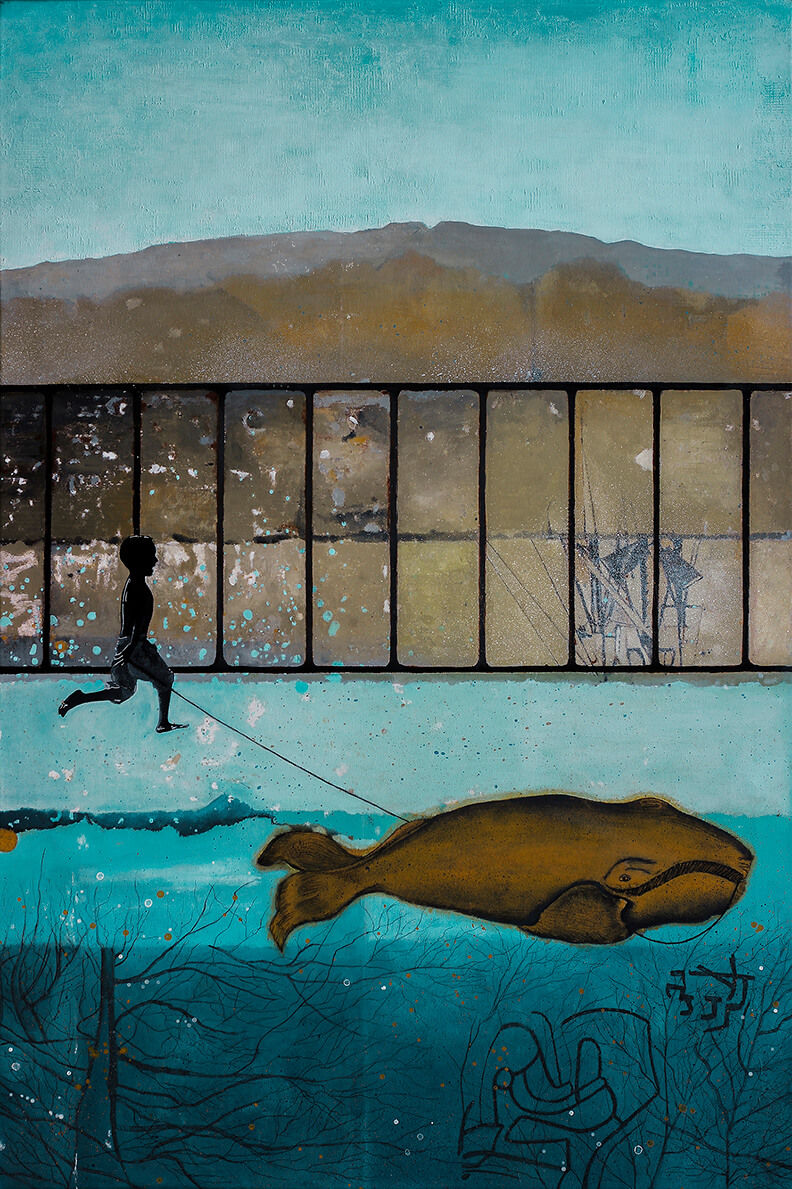Climate Art as Art Inspiration
- dbwaterman
- Apr 2, 2024
- 4 min read
Updated: May 25
Climate change: A threat to our children's future
The Future Belongs to Our Children
Climate change is something we can all feel right now. The weather is different. The summers are warmer. We see more droughts, heavier rains and terrifying wildfires. It’s no longer something far away – it’s happening all around us. And it’s our children and their futures that are most at risk.
This planet is the world we’re passing on to the next generation. But what kind of world will that be? If we don’t take better care of nature, we’ll leave behind a place where it’s harder to live – for people, animals and plants. That’s why climate change is so important and an important opportunity for artists to use images to make clear what’s happening.
Children Are the Most Affected
Children and young people are the ones who suffer the most from climate issues. Their bodies are still growing, making them more sensitive to things like heat and pollution. They get sick more easily when the air is bad or the water isn’t clean.
Drought makes it harder to grow food. Heavy rains and floods destroy farmland and homes. Wildfires turn safe places for animals into barren wastelands.
All of this can also cause emotional pain. Imagine losing your home to a fire or a storm as a child. That kind of fear and stress will haunt you. These are things we can help prevent – if we care and take action.
Climate Art Has the Power to Speak
Artists don’t need big political speeches. They have paint, pencils, paper or clay. They have the unique power to show what is really happening in the world with images – what words sometimes can’t describe can be told with images. Climate art can be very powerful. It can open people’s eyes. It can inspire feelings, and perhaps even actions.
When we paint the parched earth because the rain has stopped falling, or a lonely animal whose forest has been wiped out by terrible wildfires, we are telling a story. But we can also show the opposite. We can show images about solutions. Paintings about green energy and innovation. Or children taking care of nature. These images speak a universal language and offer hope. Even without words, they can say, “Look. This is important.”
This is the beauty of climate art landscapes: they can show both the damage and the dreams. The pain and the possibilities.
Using Climate Art to Make a Difference
There are so many ways artists can participate in telling a story about climate change through their artwork. You can make a painting of melting glaciers. Or a collage of rising sea levels. Or a sculpture made from recycled plastic. Each piece of art is an opportunity to talk about what’s happening.
But it doesn’t stop there. Artists can participate in exhibitions. Show their work during Open Studio days. Participate in art fairs where you can have visitors all day long and have a conversation about climate change. Talk to people. Share your process. Connect with your audience. These moments can be truly heartwarming.
Even digitally, artists can show their climate art, through online platforms, and reach many people to touch them with images about our world. We can also use art to show what a better world looks like. A world where we use solar energy, ride bicycles more often, protect forests, and live in harmony with nature. Art can help people imagine that world. And once they see it, they can start working on it.
A Simple Message: Let’s Do Something.
Everyone has a role to play. You don’t have to be a climate scientist or an activist. You just have to care about nature. Every little step counts. Whether you paint a picture, join a climate march, plant a tree with your children, or just talk to someone about what’s happening – it all helps.
Artists can play a special and unique role. We have tools in the form of images that can reach people in ways that words can’t. Let’s use them. Let’s paint what we see. Let’s create from our hearts. Let’s remind people of the beauty of nature and the sadness of losing it.
Children are watching. They are very sensitive to what they see. They learn from what adults do. They are the ones who will live with the results. That’s why we need to inspire children and set a good example – not just with fear, but with hope. Let’s give them reasons to believe in a better future.
Conclusion: Art for the Planet, Art for the Future
Climate change is big. It’s scary. But it’s not too late. We can still make a difference together. And as artists, we can use our creativity to generate attention, emotion, and action for this global problem.
Let’s make climate art that speaks out. Let’s show the world what’s happening to our rivers, our forests, our seas, and our skies. Let’s paint the truth—and the solutions. Let’s involve youth in this imagery.
Because the future hasn’t been written yet. We’re still working on it—brushstroke by brushstroke, one artwork at a time.




















